Engineered wood flooring
Keeping the environment top of mind continues with a heightened interest in materials that are sustainable. The good news is that many of those same materials are sturdier than their natural counterparts.
What is engineered flooring?
Engineered wood flooring is a popular choice for people who want more durability but want to retain the look of hardwood.
This flooring is made up of multiple layers. The top layer is real hardwood. Beneath that, there are several layers of plywood or high-density fiberboard (HDF), stacked and bonded together. This layered structure makes engineered flooring more stable, as well as more resistant to moisture changes than solid hardwood. This is important for homes located where the temperature and dew point varies.
They typically come pre-finished, which makes installation much faster and less intrusive than a finish-in-place installation. You’ll also know exactly what the final look of the floors will be.
Unfinished engineered floor options are also available.
Engineered wood flooring
|
| Pros |
Cons |
| • Easy to install (click-lock versions available) |
• Limited or no refinishing options |
| • Usually more affordable than solid hardwood |
• Shorter lifespan than solid hardwood |
| • Comes in a huge range of styles, finishes, and woods |
• Not waterproof—though often more resistant than solid wood |
| • More moisture-stable than solid hardwood |
|
| • Can go in basements and over radiant heat |
|
Engineered wood flooring is a great choice for all areas of the home, except full bathrooms (they are suitable for a half bath), but also work in basements, sunrooms, and enclosed porches.
Sustainable flooring
Regardless of if wood, carpet, or vinyl, this year we look to all things made of reusable, sustainable materials.
Materials that are responsibly sourced and manufactured with minimal environmental impact are considered sustainable. Some flooring choices are also recyclable, biodegradable, or highly durable so they last longer.
Those same products also tend to avoid VOCs (volatile organic compounds), which keeps your indoor air free from harmful chemicals.
Sustainable Flooring Material Options
There are many types of materials that are used to make sustainable flooring:
Bamboo
Fast-growing, renewable, durable
Cork
Naturally cushioned, antimicrobial, insulating
Linoleum
Natural, long-lasting, biodegradable
Sustainable Wood
Reclaimed wood — Aged appearance, naturally unique, eco-friendly
Engineered hardwood — Uses less slow-growing hardwood
Sustainable flooring
|
| Pros |
Cons |
| • Environmentally responsible |
• May have a higher upfront cost |
| • Often hypoallergenic and chemical-free |
• Some types require careful maintenance |
| • Can improve indoor air quality |
• Some products are labeled sustainable but do not have proper certifications |
| • More styles are now available |
|
| • May qualify for green building certifications |
|
Sustainable flooring is becoming increasingly popular among homeowners who seek a stylish alternative that does less damage to the environment.
Styles & Patterns
Parquet flooring and other patterns are making a comeback with more contemporary takes on traditional patterns.
Bold patterns such as herringbone, chevron, and other more intricate layouts, in an oversized scale, are highly requested and popular.
What is parquet flooring?
Parquet flooring is a type of wood flooring made from small pieces of hardwood arranged in geometric patterns, most commonly herringbone, chevron, or basketweave. Unlike traditional wood planks that run in straight lines, parquet creates visual interest with the way the pieces are laid.
Parquet has European roots and has been considered a symbol of luxury. It comes in both solid wood and engineered formats. Solid wood has the benefit that it can be sanded and refinished multiple times, but it is more susceptible to moisture changes in the environment. It is also more expensive.
Parquet flooring
|
| Pros |
Cons |
| • Visually striking: Adds character and elegance |
• Installation complexity: Laying patterns requires precision and often professional installation |
| • Timeless design: Doesn’t go out of style, especially herringbone or chevron patterns |
• Higher cost: Material and labor can be pricier than standard planks |
| • Customizable: Tons of wood types, finishes, and patterns |
• Harder to refinish (engineered versions): Depending on the thickness of the top layer |
| • Durable: When made from hardwoods like oak, walnut, or maple |
|
Popular parquet patterns
- Herringbone — Zig-zag design where each piece is laid at a 90° angle — timeless and dynamic looking
- Chevron — Similar to herringbone, but the ends are angled to meet in a continuous V-shape
- Basketweave — Blocks arranged in squares that resemble woven patterns
- Brick/Mosaic — Simple rectangular layout that mimics brickwork
- Versailles — Traditional French pattern with large square panels with an interwoven mesh of wood strips inside, laid side by side
If you want a floor that looks custom, classy, and interesting, parquet never disappoints. Consider it for foyers, living rooms, dining rooms or anywhere you want to make a statement.
Bolder patterns
The theme of bolder patterns continues. If you’re a fan of color combinations and patterns, you’re in luck. We’re abandoning neutrals in favor of something a little more daring.
Marmoleum
Over the last few years high-quality and extremely durable vinyl products have become available with Durbo’s line of Marmoleum setting the standard. Their products are great for bold patterns and retro looks. They are ideal for adding texture and style to entryways, hallways, and open-concept spaces.
In addition to those simple geometric patterns and mosaics, you’ll be seeing more large-format tiles and herringbone patterns. Something a bit more contemporary.
Patterned carpeting
Patterns aren’t limited to tile. Carpeting is getting in on this trend—but not-your-grandma’s kind of carpet. Fresher botanical and floral patterns, both bright and bold as well as small and subtle are in style this year. Geometric and more organic, freeform patterns will also be seen.
Types of textured carpeting
Carpet that is more tactile, with textural variety is also on-trend this year. It feels different underfoot and can make a unique statement.
This category of carpet is made by variations in pile height, yarn type, or loop style.
There are three main types of textured carpet:
- Frieze (a.k.a. twist) — Tight twists with a casual look that resists wear
- Berber (a.k.a. loop pile) — Low loops, durable, often with flecked additional color
- Patterned or sculpted cut & loop — Subtle textures and/or geometric patterns
Benefits of textured carpeting
|
| Varied texture |
Loops, cuts, or sculpted designs |
| Interesting feel |
Nubby, ribbed, or slightly bumpy textures |
| Visual depth |
Great for hiding footprints and vacuum lines |
| Durable & practical |
Ideal for high-traffic areas |
Textured carpeting offers a more casual look, your choice of patterns, and hides wear well. It’s a more durable carpet and best for high-traffic areas such as family rooms and hallways.
Plush carpeting
When you imagine lush bedroom carpeting, that’s plush or velvet carpet. It’s all about that buttery smooth appearance. The thicker feel underfoot is a hallmark sign of plush carpeting.
Saxony is another dreamy choice due to its dense pile and luxurious feel. It easily adds drama and sensuality to any room.
 Plush:
Plush: This is a type of carpeting that generally has higher pile heights, and it is not as dense as Saxony.
 Saxony:
Saxony: Saxony carpets have yarn tufts that are closely packed, presenting a smooth, luxurious surface.
Features of plush carpet
|
| Even cut pile |
Fibers cut to the same height |
| Feels cushiony underfoot |
Very soft and dense fibers |
| Elegant, uniform appearance |
Smooth, velvety finish |
The drawback to more plush carpet is that footprints and vacuum marks are more noticeable. (Although some people enjoy making those perfect vacuum lines.)
Because of its texture and smooth appearance, plush carpet is most often used in bedrooms and formal living rooms where a rich, high-end atmosphere is desired.
Which type of flooring is best for your home?
With so many choices available, it may be difficult to decide. The best choices can add style and personality, make rooms feel bigger and brighter or warmer and cozier. The right flooring is what brings a whole room together.
Ultimately the decision comes down to a few factors. Consider which flooring is best for each room. Think about the materials, durability, cost, and of course, personal preference.
The experts at Slaughterbeck Floors are happy to help you choose the type of flooring that’s best for your rooms. Visit our showroom in Campbell, California to see the wide variety of flooring to choose from.
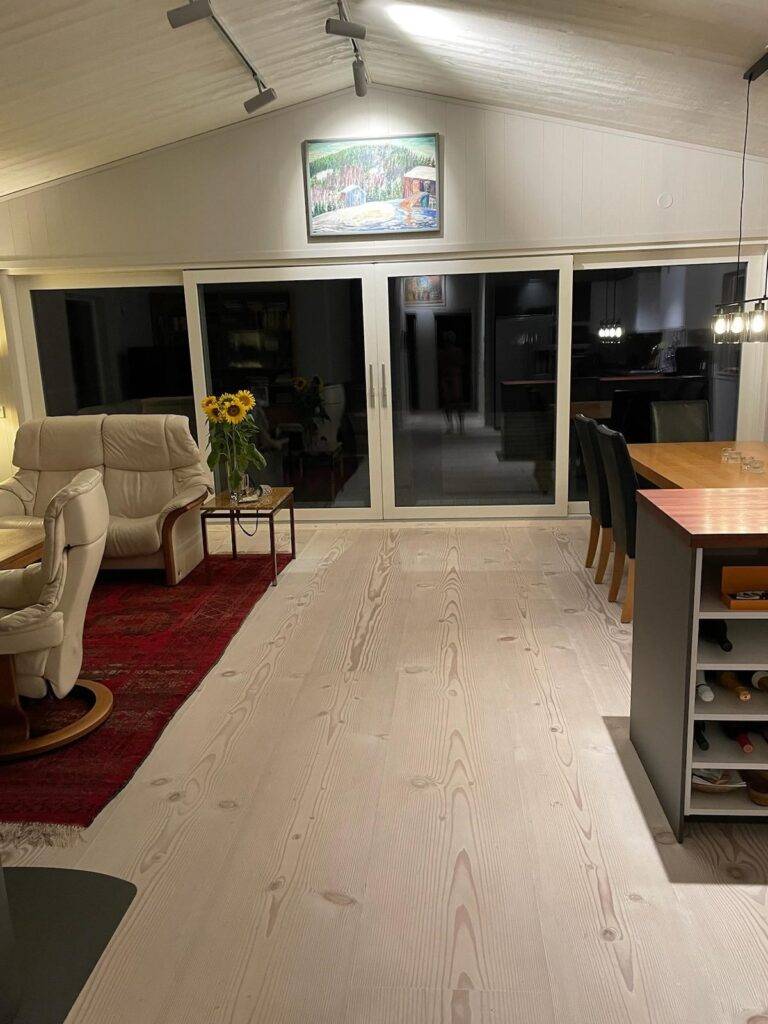
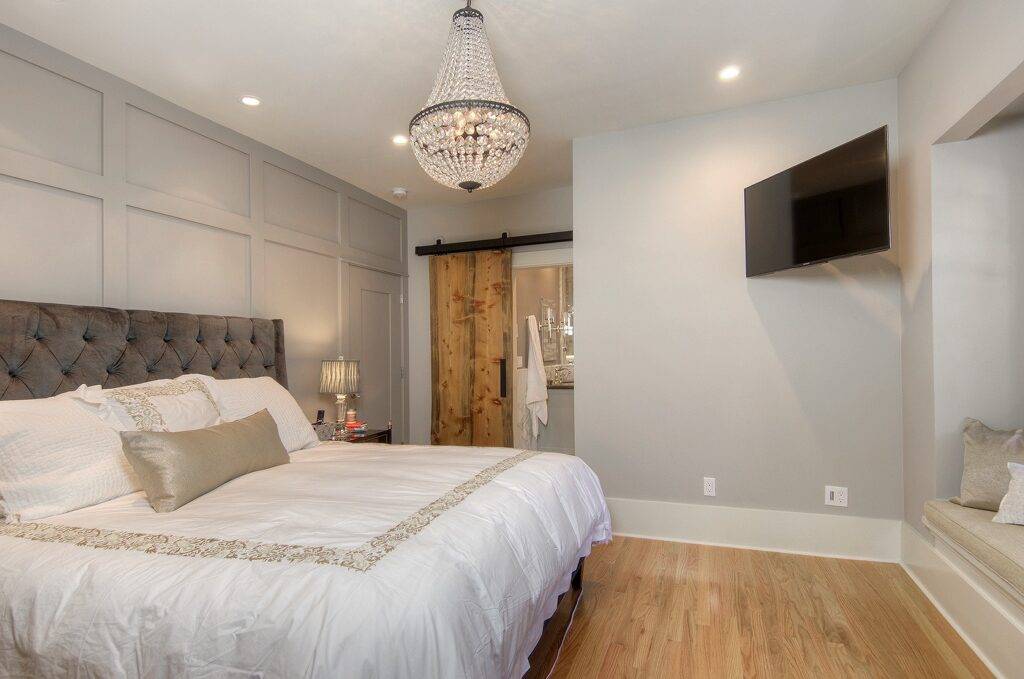

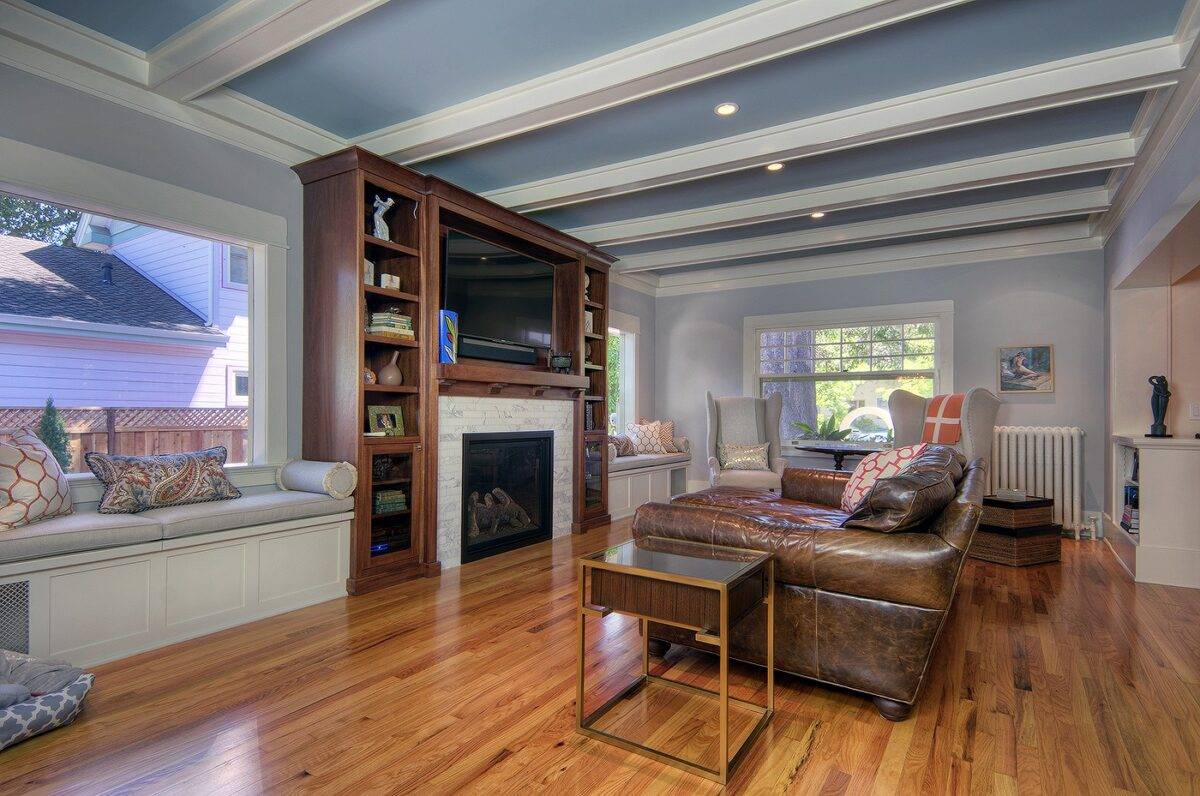
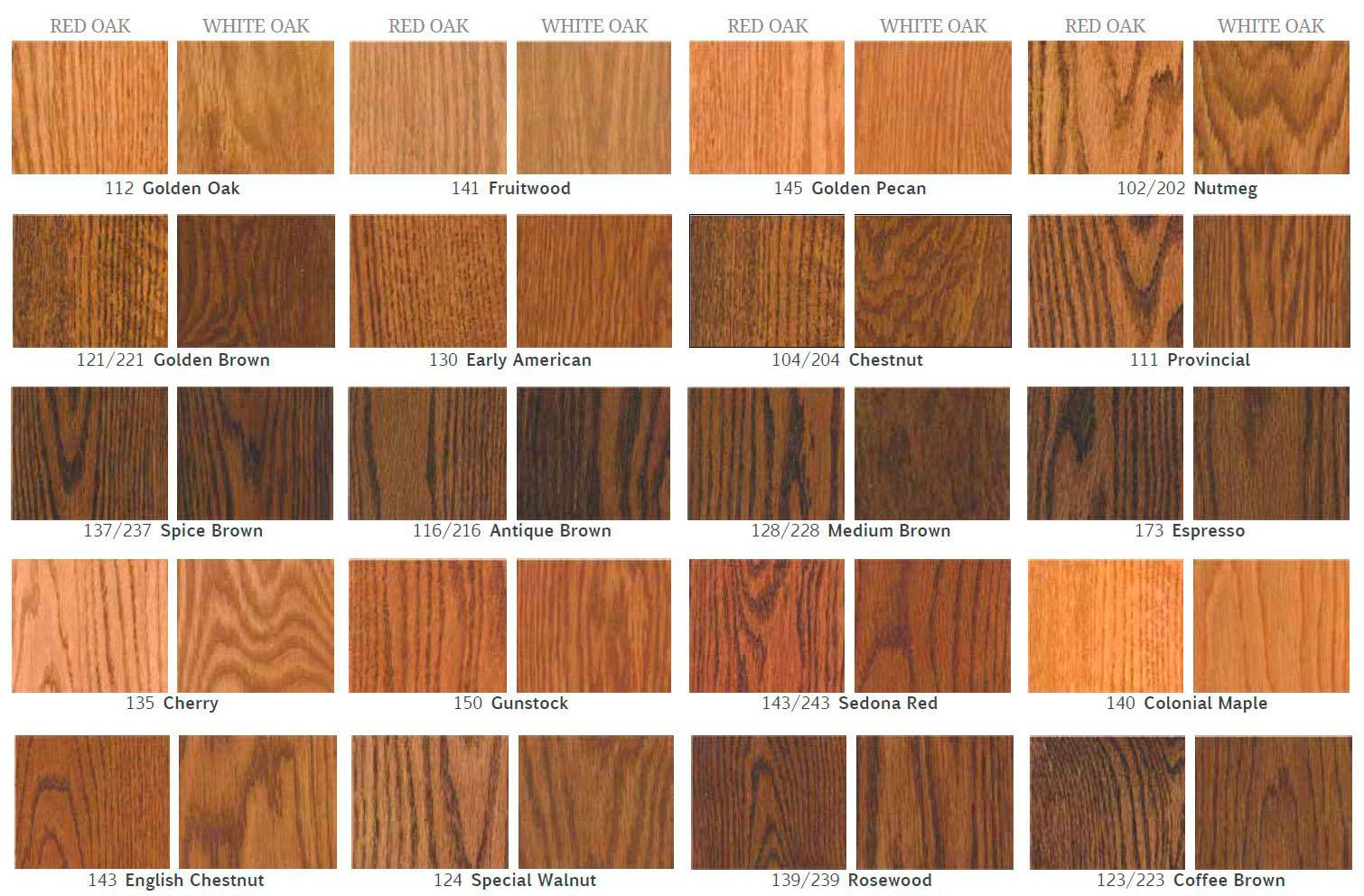
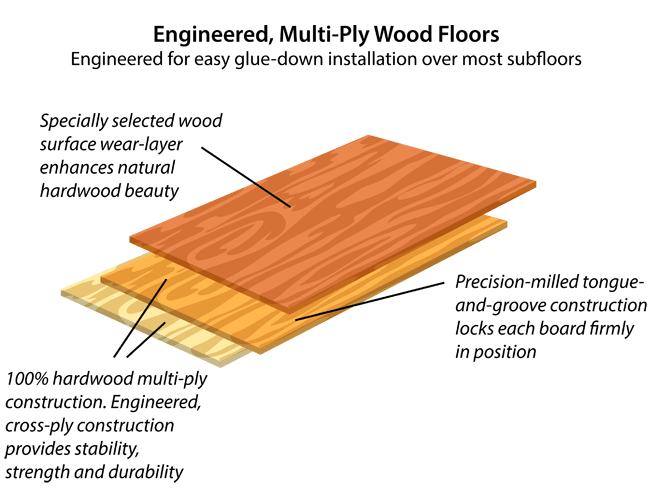
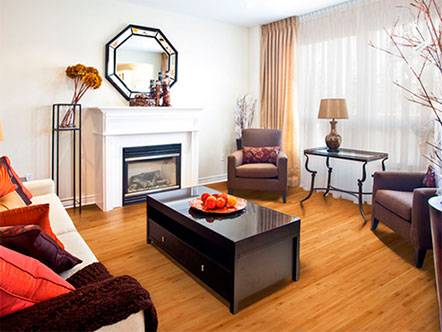
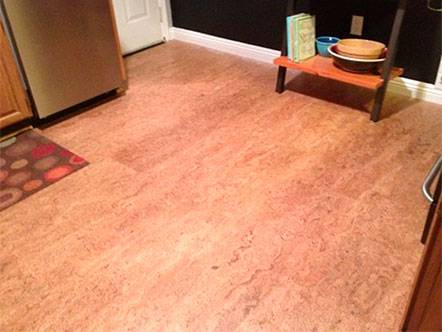
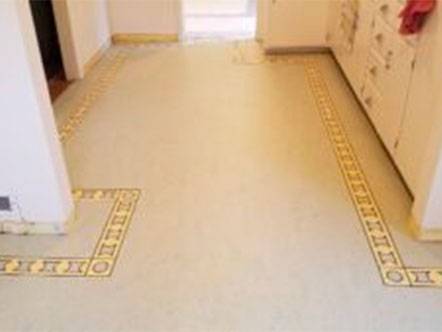
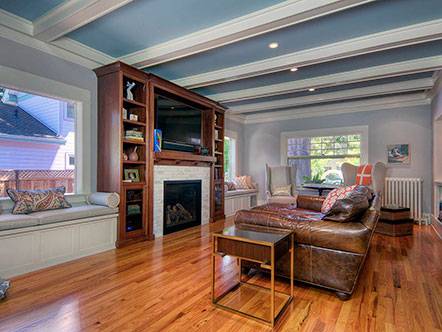
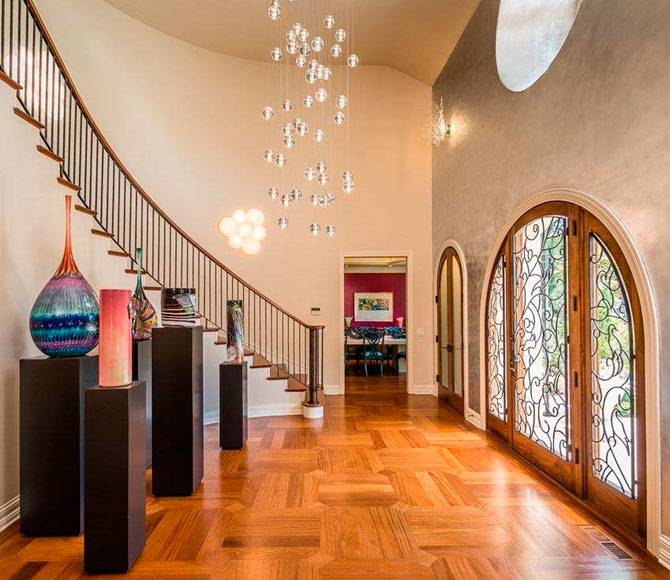
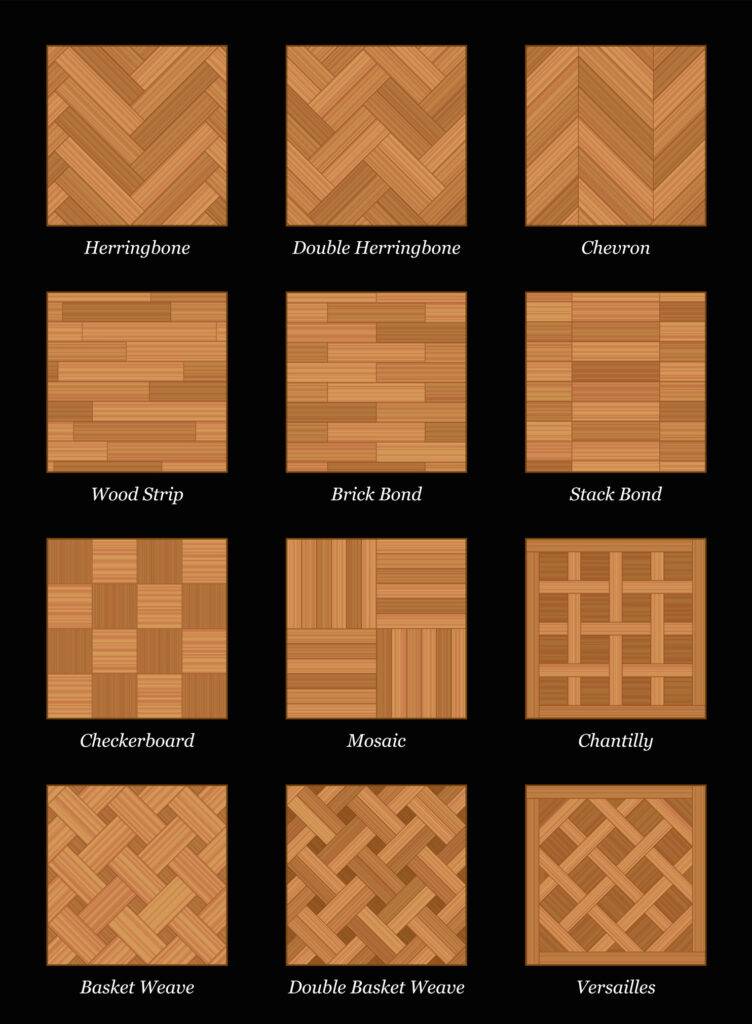

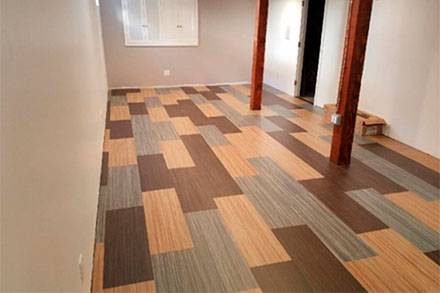
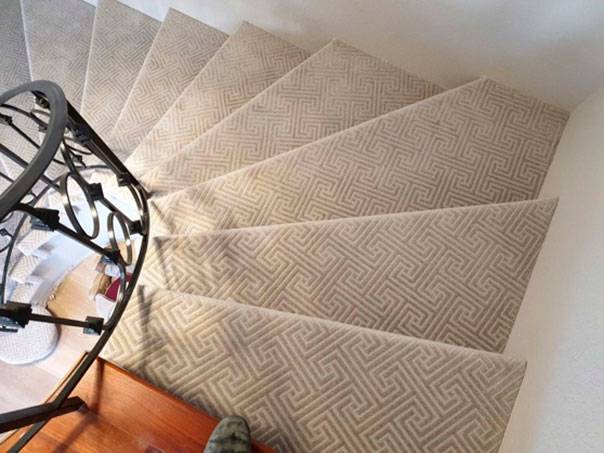
 Plush: This is a type of carpeting that generally has higher pile heights, and it is not as dense as Saxony.
Plush: This is a type of carpeting that generally has higher pile heights, and it is not as dense as Saxony. Saxony: Saxony carpets have yarn tufts that are closely packed, presenting a smooth, luxurious surface.
Saxony: Saxony carpets have yarn tufts that are closely packed, presenting a smooth, luxurious surface.